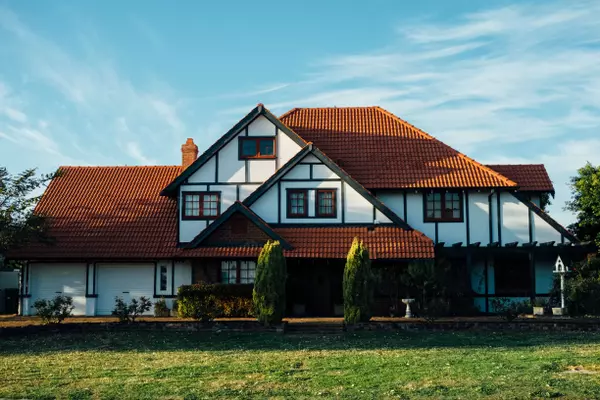Acres residents in Ramona shut down talk of paving roads
The issue of unpaved roads in the Acres neighborhood dominated the discussion at the Ramona Community Planning Group’s Sept. 4 meeting, although no action was taken.
More than 140 residents had attended a Transportation and Trails subcommittee meeting the week before to address a suggested proposal to pave the roads, with an overwhelming majority of speakers voicing opposition to any paving.
At the Aug. 26 meeting, residents asked how the topic of paving roads in the Acres — a residential neighborhood broadly stretching from Pala Street to state Route 67 to Sawday Road to the Ramona Airport — came to be on the Planning Group’s agenda in the first place.
“Many of the residents moved here specifically because of the dirt roads and the feeling of living in the country,” said Planning Group member Andrew Simmons, who has lived in the Acres for 31 years,”
Simmons estimated there are about 400 homes in the neighborhood, where dirt roads run throughout. He has moderated a Facebook page dedicated to the Acres for about 12 years.
Planning Group member Maureen Dant, who has lived in the Acres for the past 11 years, said that the dust raised by the dirt roads leads to unhealthy conditions for many neighbors.
Dant said she asked the Planning Group to add roads in the Acres to a list the San Diego County of Public Works Department compiles for Ramona-area streets that need improvements such as paving, resurfacing, street lighting or sidewalks. The list is typically updated yearly.
“These are ongoing, long-range projects that often stay on the list for years before they get done,” noted Dawn Perfect, chair of the Transportation and Trails subcommittee.
Helene Armand, who has been living in the Acres just shy of 30 years, described how the Acres was established and developed, including the network of roads throughout the area.

Because of the way the neighborhood was originally set up, the property owners pay property taxes to the center line of the easements on the road or roads attached to their properties, Armand said.
The subdivision for the neighborhood was approved by the county in the late 1940s/early 1950s without road improvements or a road maintenance agreement (RMA) for road paving, according to Dant.
“Modern day standards for a subdivision would never allow for county approval without infrastructure such as paved roads in place or a maintenance entity,” she said.
She described some of the roads as well maintained, thanks to owners or neighbors who own or are willing to pay for the use of tractors.
The roads are largely impassable in other areas, however, with impediments ranging from potholes to boulders placed in the street, Dant said.
Without an RMA, the community is responsible for maintaining the roads, although Dant said most residents do not have the resources to pave them.
Even if residents were in favor of paving, Planning Group Chair Lauren Welty said there are two solutions available from the county. Both would require the approval of a majority of residents.
For one, a Permanent Road District, or PRD, would have to be formed in the area and approved by two-thirds of the residents. Another solution involves approval by 50% of residents plus one in favor of a special tax assessment. If approved, all the residents would be required to pay, regardless of their vote.
Perfect said some residents have concerns about how a PRD would operate, specifically regarding cost and decision-making authority.
“Many speakers indicated that their preference for dirt roads influenced their decision to live in the Acres,” she said about the subcommittee meeting.
Some Acres property owners have lived in the area for four generations, she said.
“Their reasons for not wanting to support the roads ranged from a preference for a rural lifestyle, safety concerns over faster traffic, safety concerns over non-motorized users (bikers and equestrians) and the cost to property owners over road improvements,” Perfect said.
Dant suggested at one point in the Sept. 4 meeting to add Vermont, La Brea and Robertson streets and their access roads from SR-67 to the county’s road improvement priority list, but later dropped the request.
Perfect noted that the county has stated they are not seeking more roads to be included in its road system, and the Planning Group ultimately declined to take action on potentially paving any roads in the Acres.
“It’s an Acres neighborhood issue for them to resolve and discuss. We’re not passing judgment — we don’t have jurisdiction over that area,” said Planning Group member Robin Joy Maxson.
Several Acres residents attended the meeting, and afterwards, Simmons said they were happy for the most part.
“Only two people at the subcommittee meeting expressed interest in having the roads paved, but later said they changed their mind after hearing from their neighbors,” he said.
Dant said she still felt the issue was worth bringing up, and that several neighbors who preferred pavement expressed privately to her that they were afraid to speak up in the subcommittee meeting.
At the end of the day, however, she was willing to let the matter drop.
“If the community wants the dirt roads, I won’t pursue the issue,” she said. “I want the community to move forward in peace, and for us to collectively work to have a nice neighborhood and improve the roads that are in a poor state.”
Perfect said something good can come from emotional discussions.
“A resource list was proposed, so that people who needed work done on their section of road could connect with those who had the equipment and time to maintain the roads,” she said.
Categories
Recent Posts










GET MORE INFORMATION


